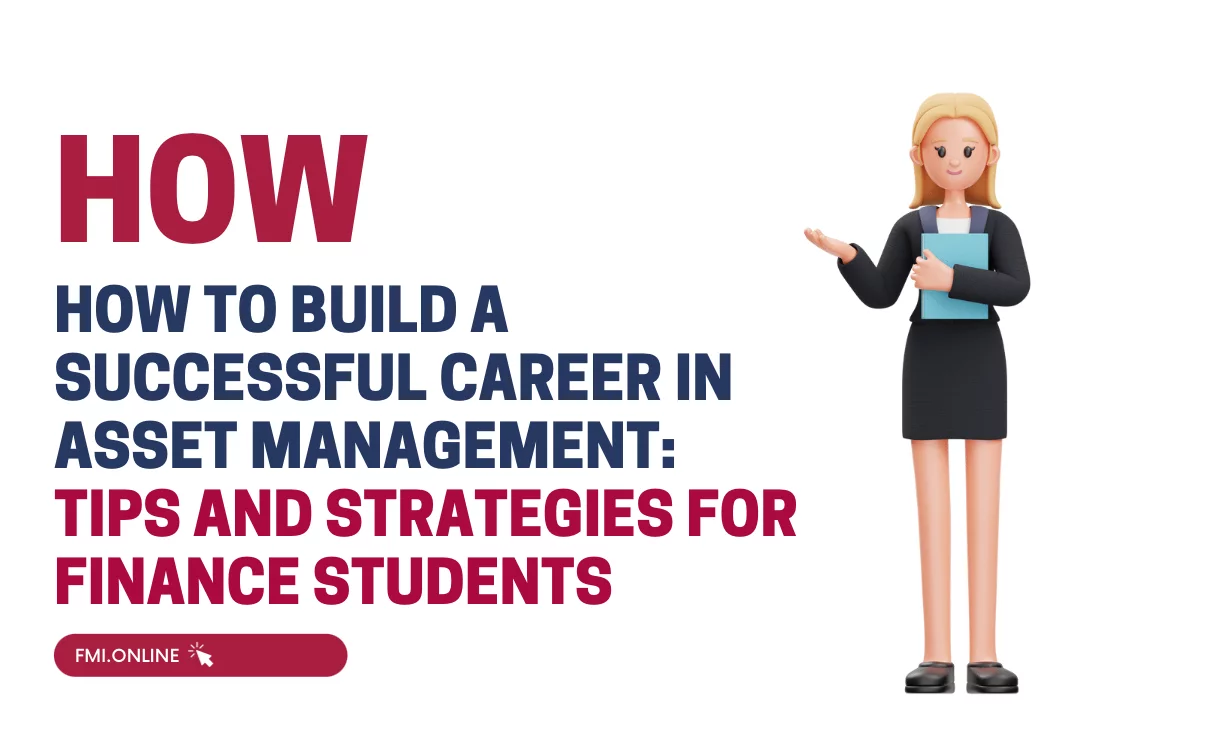Building a DCF Model from Scratch: A Step-by-Step Guide
A Discounted Cash Flow (DCF) model is a financial model used to value investment by estimating its future cash flows and discounting them back to their present value. It is one of the most popular valuation techniques used by investment bankers, financial analysts, and equity researchers to value companies, projects, and other investment opportunities. In this article, we will provide a step-by-step guide on how to build a DCF model from scratch.
Step 1: Understand the Basics of a DCF Model
Before building a DCF model, it is important to understand the basic components that make up the model. A DCF model is composed of three main sections: Cash Flow Projection, Discount Rate, and Terminal Value. The cash flow projection estimates the expected cash flows generated by the investment over a specified period, while the discount rate is the rate at which future cash flows are discounted to their present value. The terminal value is the value of the investment at the end of the projection period and is calculated using a terminal value multiple.
Step 2: Build a Cash Flow Projection
The first step in building a DCF model is to build a cash flow projection. This is done by forecasting the future cash flows generated by the investment over a specified period. The period could be five years, ten years, or more, depending on the investment being valued. The cash flow projection should include all relevant cash flows, including revenue, operating expenses, capital expenditures, and taxes.
To build a cash flow projection, start by gathering historical financial statements of the company or investment being valued. Use the historical data to estimate future revenue growth rates, operating margins, and capital expenditures. Once you have estimated the key inputs, build a detailed projection of future cash flows over the specified period.
Step 3: Determine the Discount Rate
The next step is to determine the discount rate to be used in the DCF model. The discount rate is used to discount future cash flows back to their present value. The discount rate should reflect the risk associated with the investment being valued. A higher-risk investment will require a higher discount rate, while a lower-risk investment will require a lower discount rate.
To determine the discount rate, start by estimating the risk-free rate. The risk-free rate is the rate of return on a risk-free investment, such as a U.S. Treasury bond. The risk-free rate serves as a benchmark for the discount rate. Next, estimate the market risk premium, which is the additional return required by investors to invest in a risky investment compared to a risk-free investment. Finally, estimate the beta of the investment, which measures the volatility of the investment compared to the overall market. The formula for the discount rate is:
Discount Rate = Risk-Free Rate + Beta x Market Risk Premium
Step 4: Calculate the Terminal Value
The next step is to calculate the terminal value. The terminal value represents the value of the investment at the end of the projection period. To calculate the terminal value, you can use the Gordon Growth Model or the Exit Multiple Method.
The Gordon Growth Model assumes that the company will continue to grow at a constant rate indefinitely. To calculate the terminal value using the Gordon Growth Model, use the following formula:
Terminal Value = (Cash Flow in the Final Year x (1 + Growth Rate)) / (Discount Rate – Growth Rate)
The Exit Multiple Method assumes that the company will be sold at a multiple of earnings or cash flow. To calculate the terminal value using the Exit Multiple Method, use the following formula:
Terminal Value = (EBITDA x Exit Multiple)
Step 5: Discount Future Cash Flows
The final step is to discount the future cash flows and the terminal value back to their present value. To do this, multiply each future cash flow by the appropriate discount factor, which is calculated using the discount rate. The discount factor for year n is calculated as:
Discount Factor = 1 / (1 + Discount Rate)^n
Once you have calculated the discount factor for each year, multiply it by the corresponding cash flow to calculate the present value of each cash flow. Add up the present value of all the cash flows to arrive at the net present value (NPV) of the investment.
Step 6: Sensitivity Analysis
Sensitivity analysis is a crucial step in building a DCF model. It involves changing the key inputs of the model to see how they affect the NPV of the investment. By doing sensitivity analysis, you can identify the key drivers of the investment’s value and assess the impact of changes in those drivers.
For example, you can test the impact of different revenue growth rates or different discount rates on the NPV of the investment. This analysis will help you to understand the risks associated with the investment and to make informed investment decisions.
Step 7: Conclusion
In conclusion, building a DCF model requires a thorough understanding of the basic components of the model, including cash flow projections, discount rates, and terminal values. By following these seven steps, you can build a DCF model from scratch and use it to value an investment. However, building an accurate DCF model requires a deep understanding of finance, accounting, and Excel, as well as the ability to make informed assumptions and conduct sensitivity analysis.
To gain a more comprehensive understanding of financial modelling and DCF models, it is recommended to take a course in financial modelling. FMI’s Introduction to Financial Modeling course is an excellent resource for students who wish to get into investment banking. The course covers the basics of financial modelling, including DCF models, and provides hands-on training in Excel. By taking this course, students can develop the skills they need to build accurate financial models and make informed investment decisions.
In conclusion, building a DCF model requires a lot of skill and practice, and this guide provides an overview of the key steps involved. Taking a course in financial modelling, such as the one offered by FMI, can help students develop the skills they need to build accurate financial models and succeed in the world of investment banking.










 60+ hours
60+ hours 9 courses
9 courses



